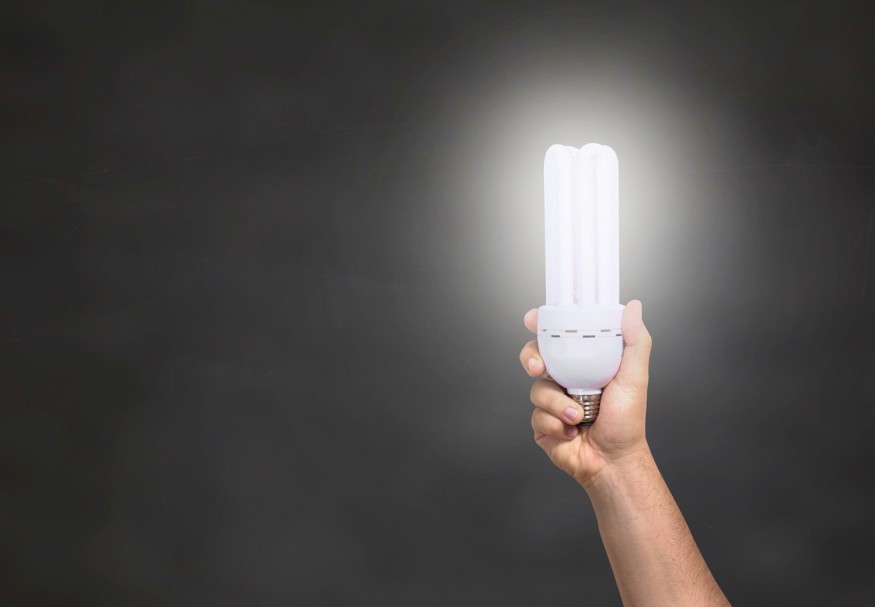Incandescent light bulbs are finally being phased out after illuminating America's homes and workplaces for more than a century, altering the architectural design, and prolonging the typical workweek.

New Guidelines
The Biden administration announced two new guidelines on Tuesday to make light bulbs more energy efficient. Under these regulations, most new incandescent bulbs - the pear-shaped spheres with light wire cores - would be phased out by 2023.
According to the Department of Energy, LED lights, which last up to 50 times longer than incandescent bulbs and consume a fraction of the energy, are already used throughout much of the country. This paradigm change has already reduced power use in American homes, saving money and reducing greenhouse gas emissions.
"The lighting sector is already adopting more energy-efficient products, and this step will expedite progress," said Energy Secretary Jennifer M. Granholm in a statement.
The new guidelines would save Americans $3 billion each year on their power bills, according to the agency, at a time when rising energy costs are putting a strain on household budgets. According to the department, the new regulations will also reduce carbon dioxide emissions by an estimated 222 million metric tons over the next 30 years, similar to the emissions produced by 28 million houses in a year.
The phaseout was supposed to start in 2019, but it was pushed back. However, the Trump administration postponed the initiative after being pressured by some of the world's largest incandescent light-bulb manufacturers. However, those same businesses have committed to phasing out incandescent bulbs in the European Union.
Climate Action

As part of the administration's quest for tougher action to minimize climate change, President Biden attempts to reinstate many environmental standards that his predecessor pushed back. Because most of Biden's climate program is now stuck in Congress, these regulatory adjustments might carry a significant portion of the weight.
Manufacturers of light bulbs have warned that a too quick shift away from incandescent bulbs would hurt their bottom line and result in a surplus of stranded inventory - bulbs that have already been created but cannot be sold - that would eventually wind up in landfills unused.
Incandescent lighting offers much larger profit margins than LED lighting, mainly because incandescent production equipment has already been paid off. There is very little rivalry among the old type bulbs makers. On the other hand, the LED market has attracted new players and has grown significantly more competitive.
Environmental and energy-efficiency organizations praised the new standards. Still, they argued the regulatory schedule gave manufacturers too much time to abandon a technology for which a substitute was already readily accessible.
"LEDs have become so affordable that manufacturers have no compelling reason to maintain selling 19th-century technology that's not very efficient at converting electrical energy into light," said Steven Nadel, executive director of the American Council for an Energy-Efficient Economy.
The National Electrical Manufacturers Association, which represents light bulb manufacturers, called the transition to LED lighting already underway "an unqualified success" and said the administration "appreciates the administration's recognition of the challenges industry faces in complying with the rule and the adoption of a more manageable compliance time frame."
Switching to LED
According to research, low-income businesses such as dollar stores and convenience stores keep conventional or halogen incandescent bulbs on their shelves, but stores servicing more wealthy neighborhoods have changed to only selling the significantly more efficient LEDs. According to one Michigan research, LED lights were not only less common in disadvantaged regions, but they also cost $2.50 more per bulb on average than in wealthy ones.
"It's aggravating," said Andrew deLaski, executive director of the Appliance Standards Awareness Project, "because many energy-guzzling bulbs have labels stating they save energy." "Responsible retailers should remove them from their shelves as soon as feasible, if not before the end of the year."
For more news about making the environment sustainable, don't forget to follow Nature World News!
© 2026 NatureWorldNews.com All rights reserved. Do not reproduce without permission.





